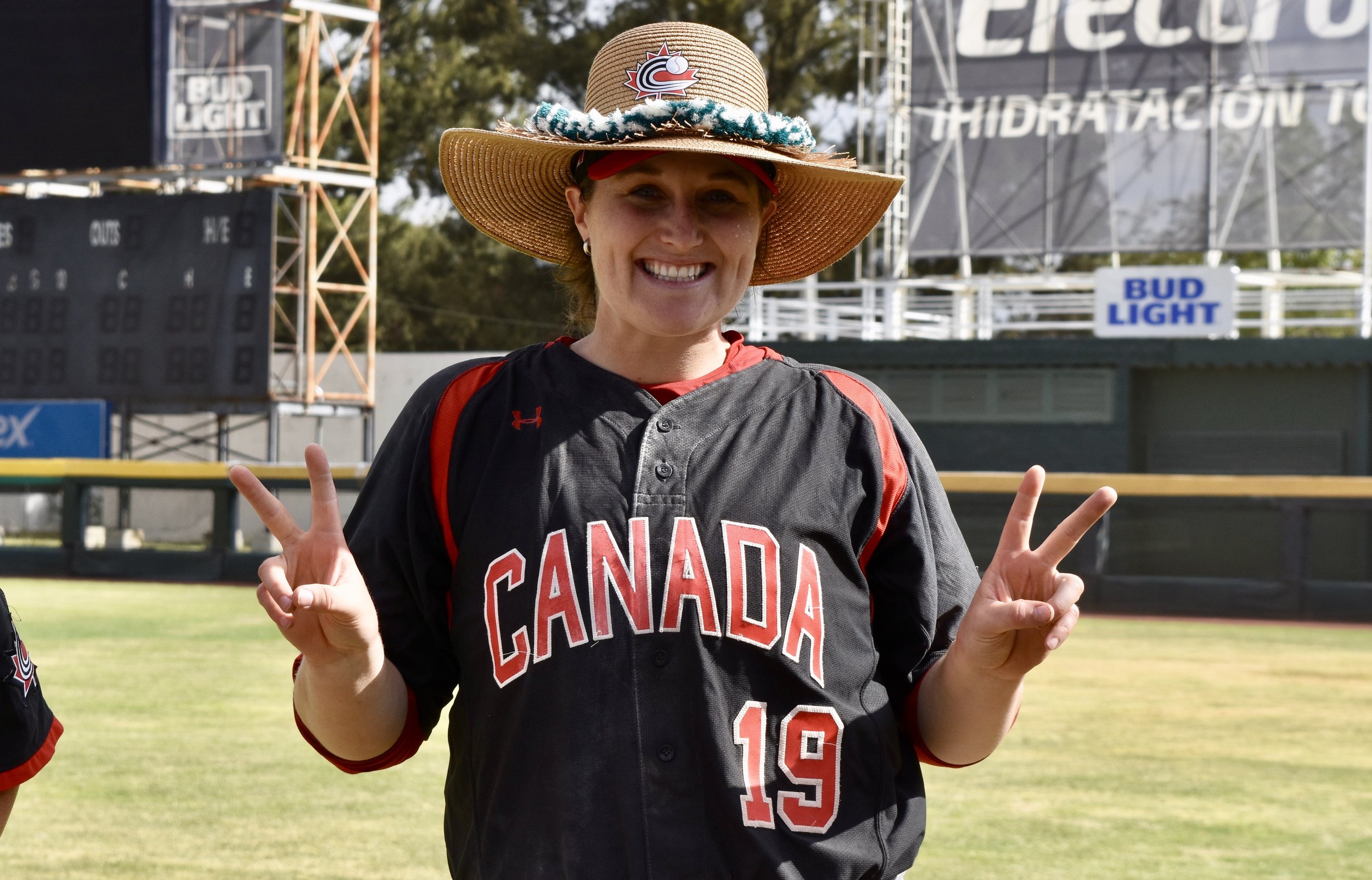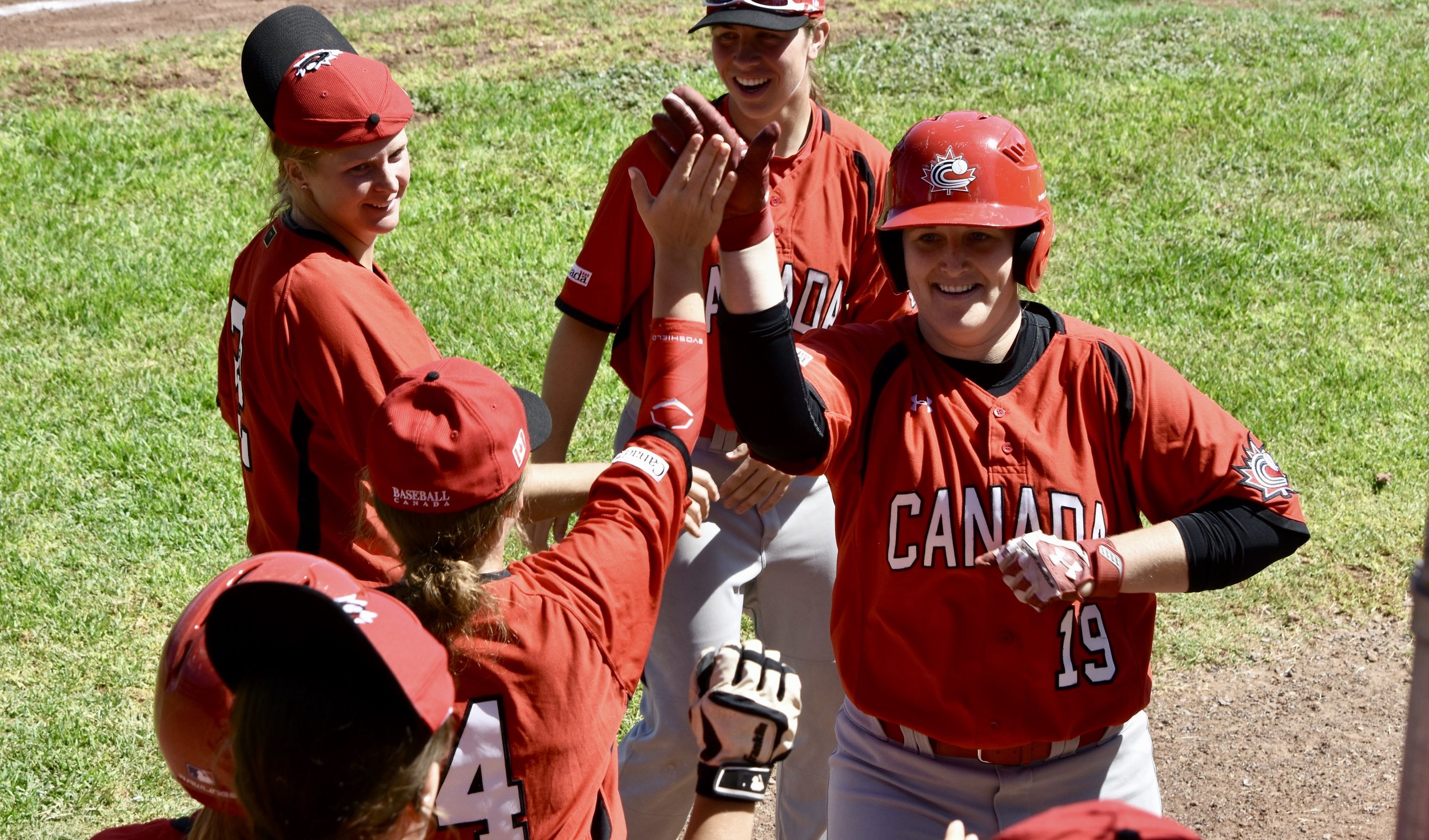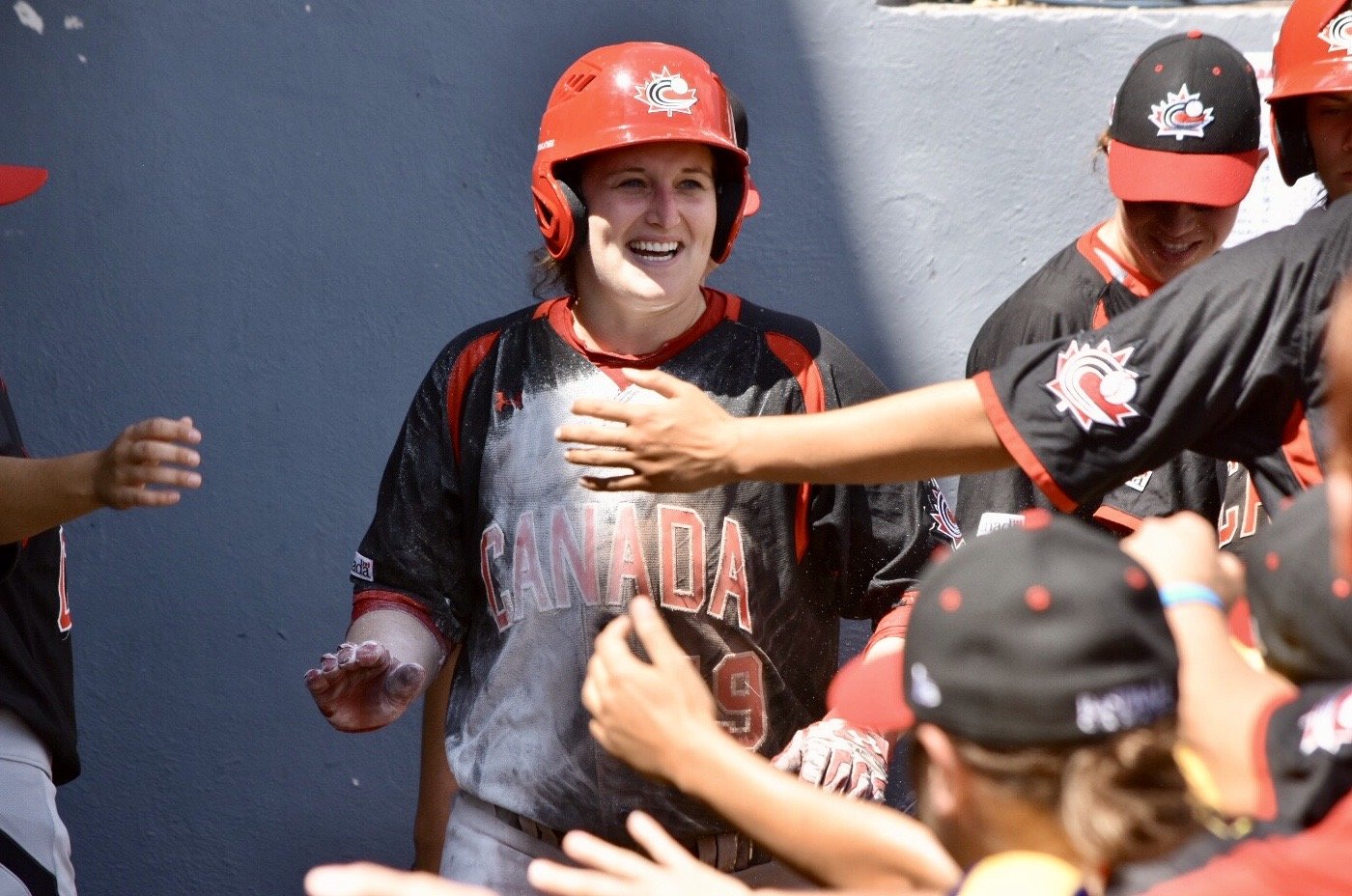Brudnicki: An open letter about Amanda Asay, who will continue to be loved
Longtime National Women’s Team player Amanda Asay passed away on Friday after a skiing accident. She was 33. Photo: Alexis Brudnicki
January 11, 2022
By Alexis Brudnicki
Special to the Canadian Baseball Network
To Amanda’s parents Loris and George, her brother Brad, her friends, family, teammates, and to the ones who fell into more than one category:
It hurts to say it now, knowing that every opportunity wasn’t taken to say it to her when we had the chance, but Amanda Asay truly was the best of us. Many have already shared the sentiment, but it deserves to be repeated, shouted from the rooftops even, that she made everyone around her better.
We hear that notion so often about so many, but it doesn’t matter who you ask, or how much time they had spent with Asay, as long as it was some amount of time. They know. We know. She showed us all what was possible, and she made it seem impossibly natural. She personified so many things that we could all strive to be.
But of course, the rest of us mere mortals cannot begin to fathom what it takes to earn Ivy League scholarships, to play multiple sports while earning multiple university degrees, to be the longest-serving member of a country’s national team, racking up medals and awards, to consistently deliver and contribute to teams on and off the field, to lead with a quietude that commands attention but with the patience never to need it, to absolutely always see the forest through the trees—literally and figuratively—and to be deserving of so much without ever asking for a thing.
Alexis Brudnicki writes that Amanda Asay was “whatever her teams needed, on the mound, at the dish, in the dugout, behind the scenes, in front of the cameras. It didn’t matter what was asked of her, Asay could always find the answer.” Photo: Alexis Brudnicki
Asay was never just any one of those things, though even individually her accomplishments are impressive. She went to Brown University, where she played hockey and softball while earning an undergraduate degree in science. She kept playing hockey at the University of British Columbia while she completed her master’s degree in science, and then her doctorate in forestry, though her much-deserved Dr. title was one of the few things she ever shied away from. Asay joined Baseball Canada’s Women’s National Team program in 2005 as a 17-year-old and her contributions grew with each passing year, tournament, and medal—with the squad, she captured five World Cup medals, three bronze and two silver, and added an historic silver finish to the Pan Am Games in Toronto, the only time women’s baseball has ever been part of a multi-sport event. Asay was a two-time winner of the Most Valuable Player award. She was whatever her teams needed, on the mound, at the dish, in the dugout, behind the scenes, in front of the cameras. It didn’t matter what was asked of her, Asay could always find the answer.
How did she do it? How, even when she was on the opposite end of the dugout getting her helmet or batting gloves, or preparing to take the mound in the next half inning, did she manage to be the first one out to celebrate when one of her teammates came around to score? How, even when she was in another time zone, or country, or on another continent, did she manage to keep track of all the notable moments in everyone else’s lives, and send congratulatory messages, or make calls to commiserate, or be there to lend a helping hand or a shoulder to lean on, at all the right times? How is it that in these moments when there are no words that could ever be enough to share all that she was that it’s easy to know that somehow, she would have been able to find the right ones? How is it possible that her smile is still infectious, in the hardest of all times to smile?
Ashay (far righ) was much loved by her teammates. Photo: Alexis Brudnicki
It is unsurprising and yet heartwarming to see the outpouring of love, photos, memories, anecdotes, stories, and videos that have been shared since Asay was tragically taken after an accident at Whitewater Ski Resort near her home in Nelson, British Columbia. She should be the pride of Prince George, she needs to be celebrated as one of the most impressive athletes in the country, and she will be remembered.
No matter the number of people who knew her or heard her story along the way, it should be higher. No matter the number of stories written about her, she deserves another. And another. To those who didn’t know her, there are still opportunities to try to understand what she meant, how much she contributed, how far and how deep her impact has been felt, and to extend that ripple even further.
This is about Asay, and solely about her, but it’s impossible to talk about her without sharing what she did for the rest of us, because she always made it about us. The last time I saw Amanda in person she was holding a plane for me in Mexico City, after we’d spent the entire day squandering our layovers together when I could have been securing the paperwork I’d screwed up to leave the country. She’s the reason I made my flight. The last time we spoke on the phone she was helping me workshop ways to improve the game for women, assisting me in writing an academic paper with what I know was her ever-elusive free time. The last time we texted she was congratulating me, for something I never could have accomplished without her, though she wouldn’t accept that idea. It’s surreal to know that those times are the last times, but so very Asay that they were helpful, selfless, enjoyable, warm moments that I get to remember.
Asay “made everyone around her better,” writes Brudnicki. Photo: Alexis Brudnicki
In some way, she’s helped contribute to the best of each of us. Her legacy lives on through each life she touched, which is every one she encountered. Hyperbole doesn’t exist in the realm of Amanda Asay. She truly made an impact felt across the world, made everyone around her better, and did it with seemingly little effort, if any at all.
She was loved. She is loved. She will continue to be loved.




